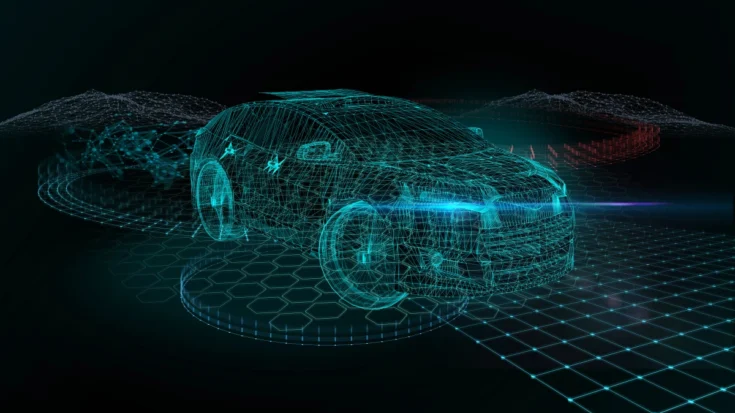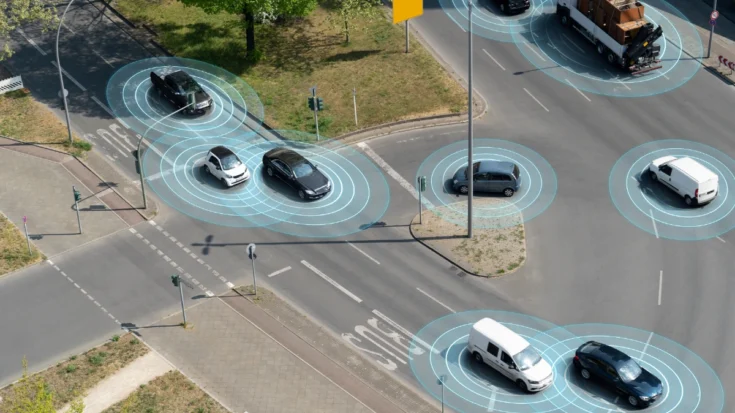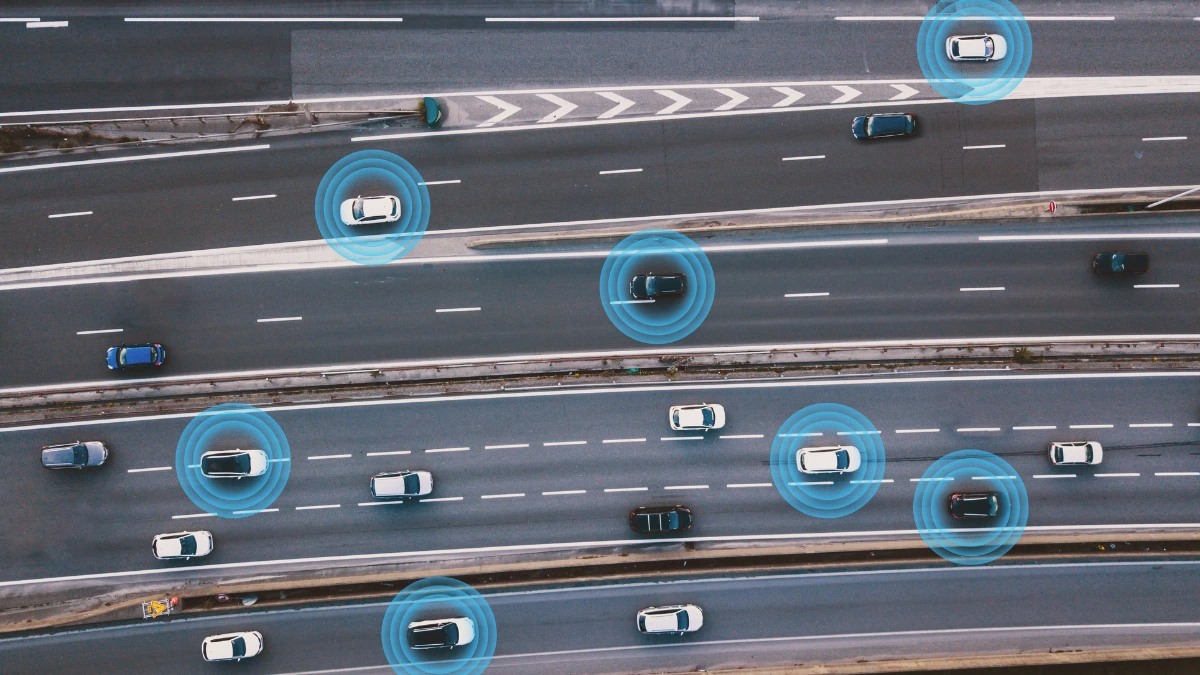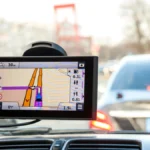Automotive radar as a vehicle safety system is increasingly used in the latest cars. But do you know how automotive radar works?
Automotive radar works to analyze the reflection of these waves to determine the distance, speed, and direction of objects around the vehicle by sending electromagnetic waves.
This article will give you more information about how automotive radar works and the advantages of other radars.
Also Read
Table of Contents
How Automotive Radar Works

Automotive radar works by emitting radio waves and measuring the time it takes for the waves to return after being reflected by a nearby object. By analyzing that time, the system can determine the distance, speed, and direction of the object.
Here is a more detailed explanation of the four steps of how automotive radar works:
1. Radio wave emission
Radar emits radio waves in the form of pulses or continuous waves. These waves have a specific frequency that suits the needs of the application.
For close-range detection, a frequency of 24 GHz is used, while for wider range and higher accuracy, a frequency of 76-77 GHz is used.
2. Signal reflection
When radio waves hit an object, some of the signal will be reflected to the radar. The strength of the reflected signal corresponds to the distance of the object, the closer the object is, the stronger the signal will be, and vice versa.
3. Time measurement
Radar systems measure the time it takes for radio waves to return after being reflected. The system processes the reflection time data to determine the distance, speed, direction, and position of the object.
4. Data usage
The information obtained from the radar is used by ADAS (Advanced Driver-Assistance Systems) systems to provide warnings or take actions such as automatic braking or steering.
Vehicle Response Based on Radar Analysis

After the radar processes and analyzes the data around the vehicle, the system will take action according to the detected situation:
- There is no object nearby: The vehicle continues to drive normally without the intervention of the radar system.
- There are objects in the lane within a safe distance: The Adaptive Cruise Control (ACC) system adjusts the vehicle speed to maintain a safe distance from the vehicle ahead.
- Risk of collision indicated: The Automatic Emergency Braking (AEB) system automatically activates braking to prevent or minimize a collision.
- Another vehicle detected in the blind spot area: Blind Spot Monitoring (BSM) will provide warning signals, both visual and audio, to the driver.
- Vehicle deviates from lane unintentionally: The Lane Keeping Assist (LKA) system automatically makes course corrections to get the vehicle back on track.
Advantages of Automotive Radar Over Other Sensors
Here are some of the advantages of automotive radar over other sensors:
1. Reliable in various weather conditions
Radar can still function optimally in challenging environmental conditions such as heavy rain, thick fog, or at night.
2. Detects fast moving objects
Unlike cameras that only capture images, radars are able to measure the speed of objects with high precision, making them very effective for detecting fast-moving vehicles or objects.
3. Wide detection range
Long-range radars can detect objects that are hundreds of meters in front of the vehicle, giving the system enough time to make decisions or give early warnings.
4. Not dependent on lighting
Radar does not require an external light source so it can work well both during the day and night.
These are how automotive radar works, by knowing the process hopefully you can know more about the functions and how to use them.
Another thing to note is that automotive radar on the market uses Short Range Devices (SRD) technology, this technology must pass the certification test from the Directorate General of Digital Infrastructure (DJID).
With this certification, users can feel calm about using an automotive radar device whose quality and security are guaranteed. For manufacturers or importers of automotive radar devices, obtaining certification from DJID is a mandatory step before the device can be officially marketed in Indonesia.
To simplify the certification process, you can use Type Approval Certification Services for ICT Products are available to assist with this process as a reliable solution.












